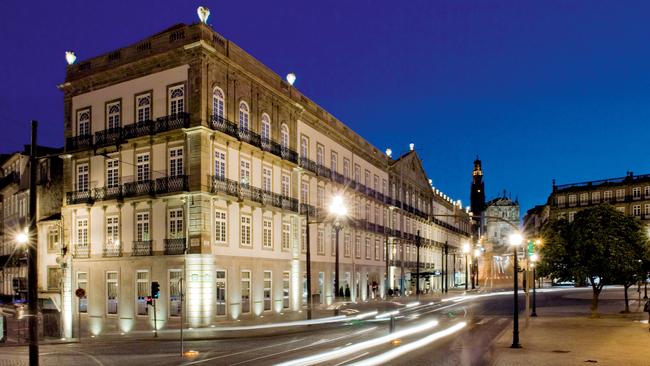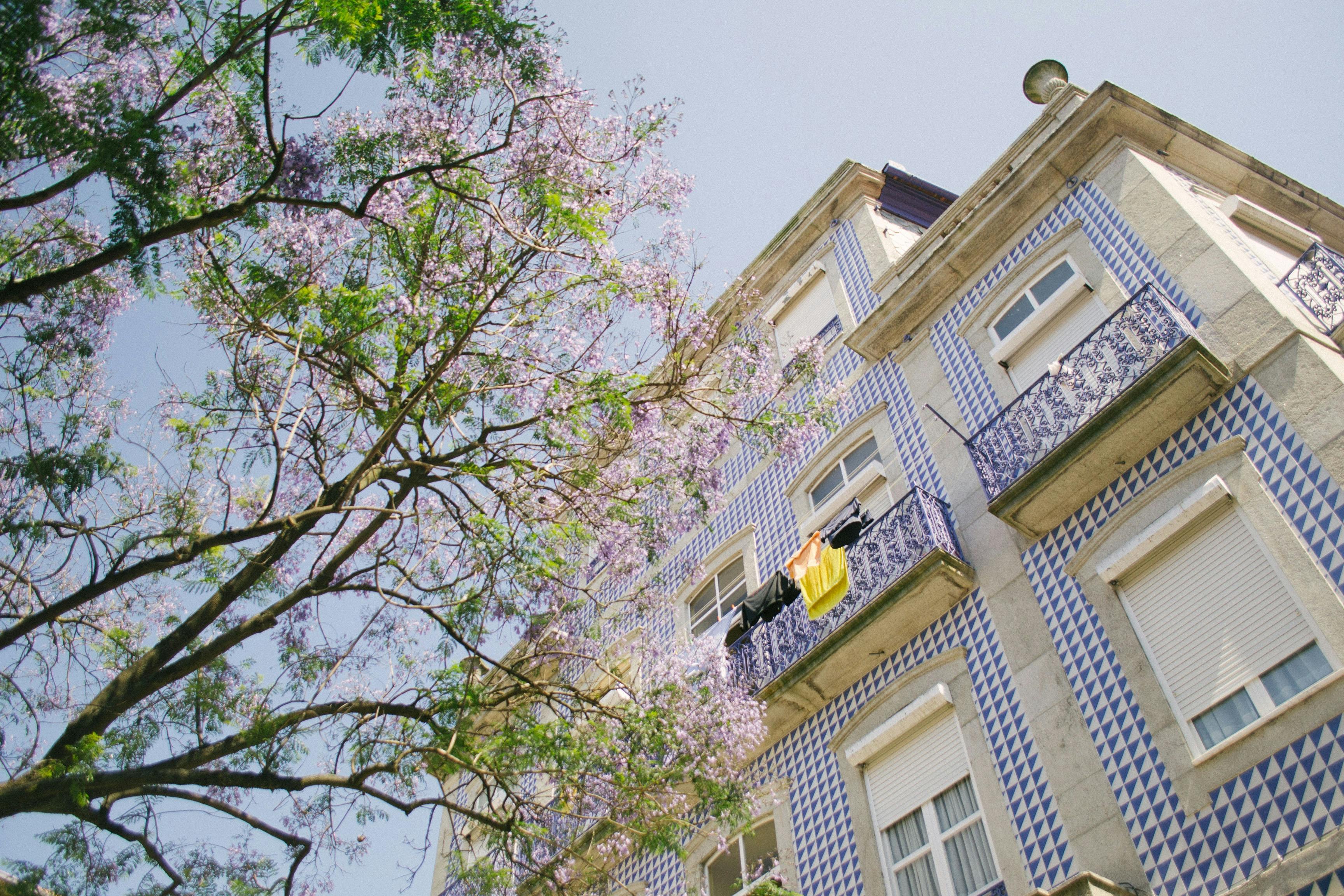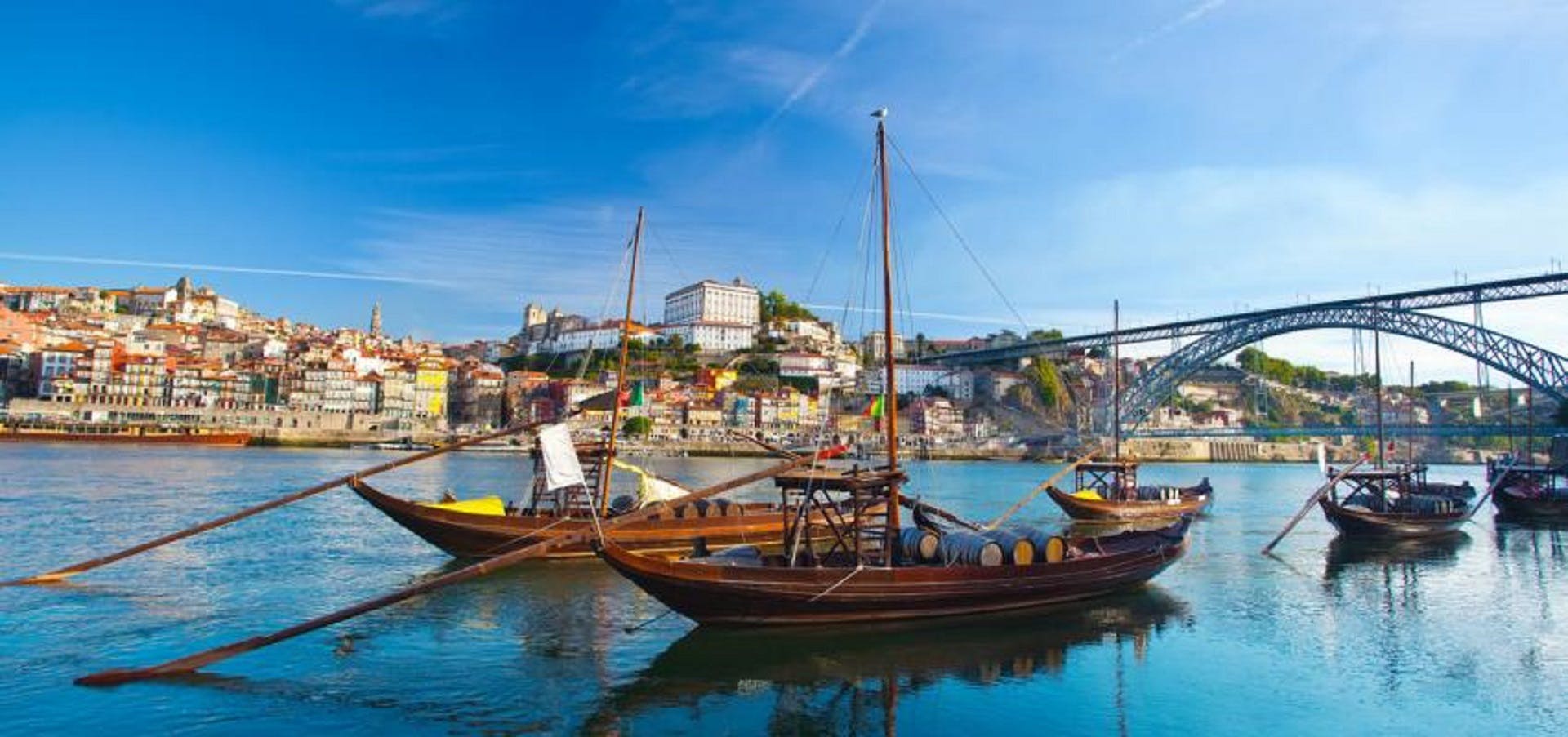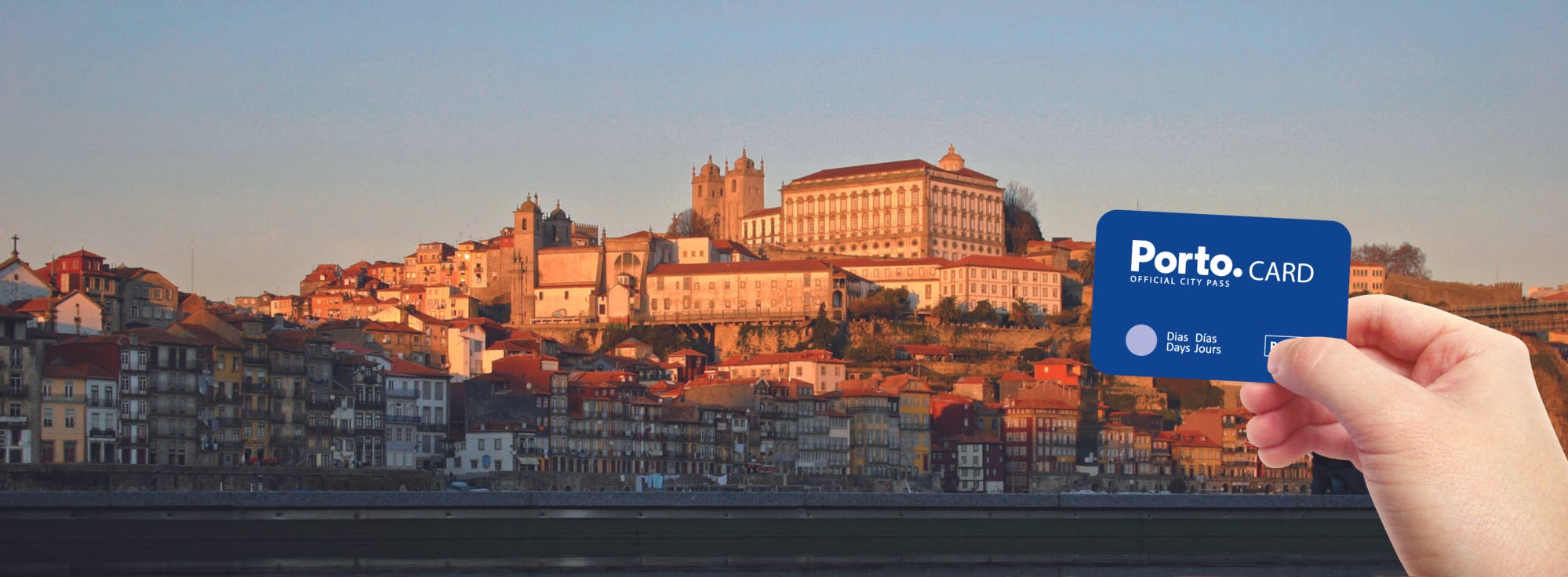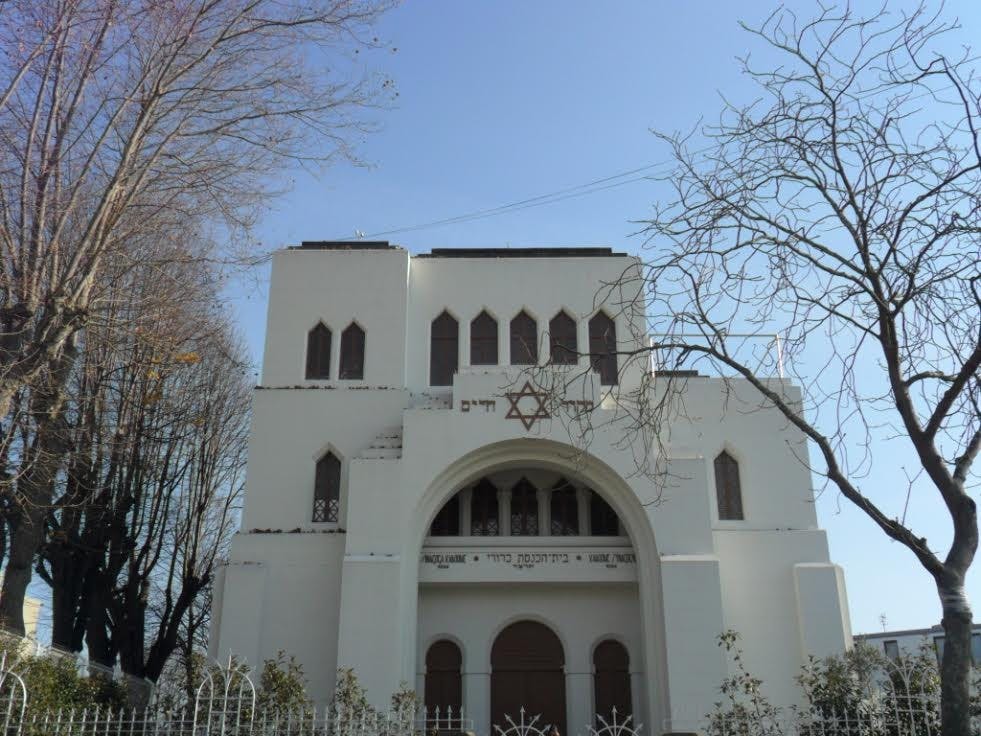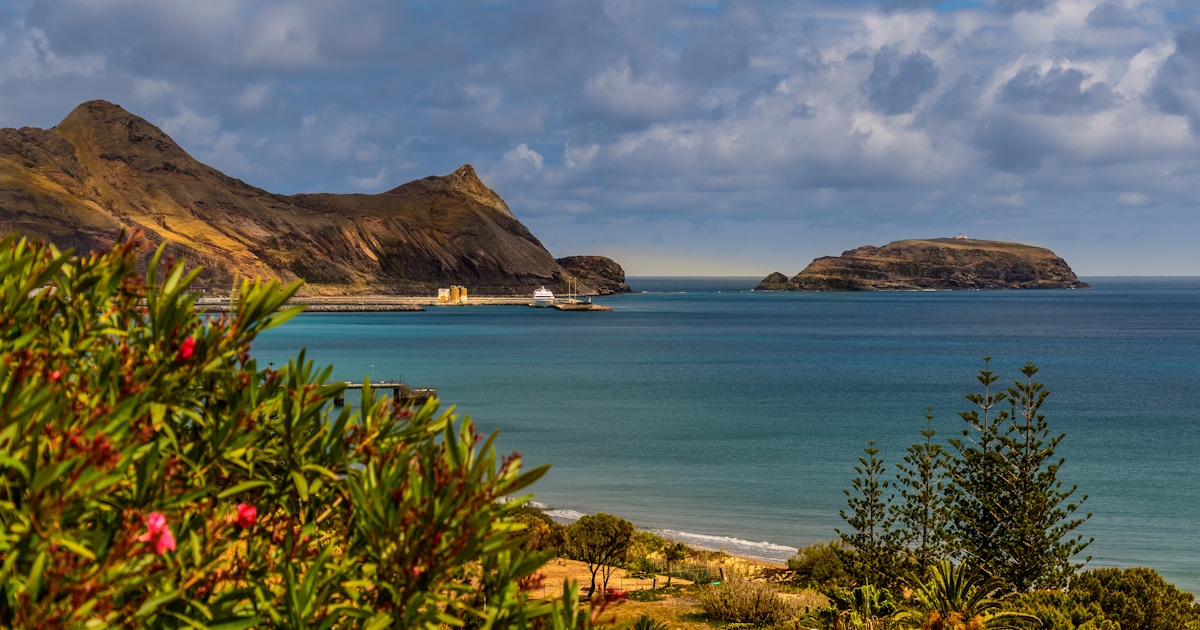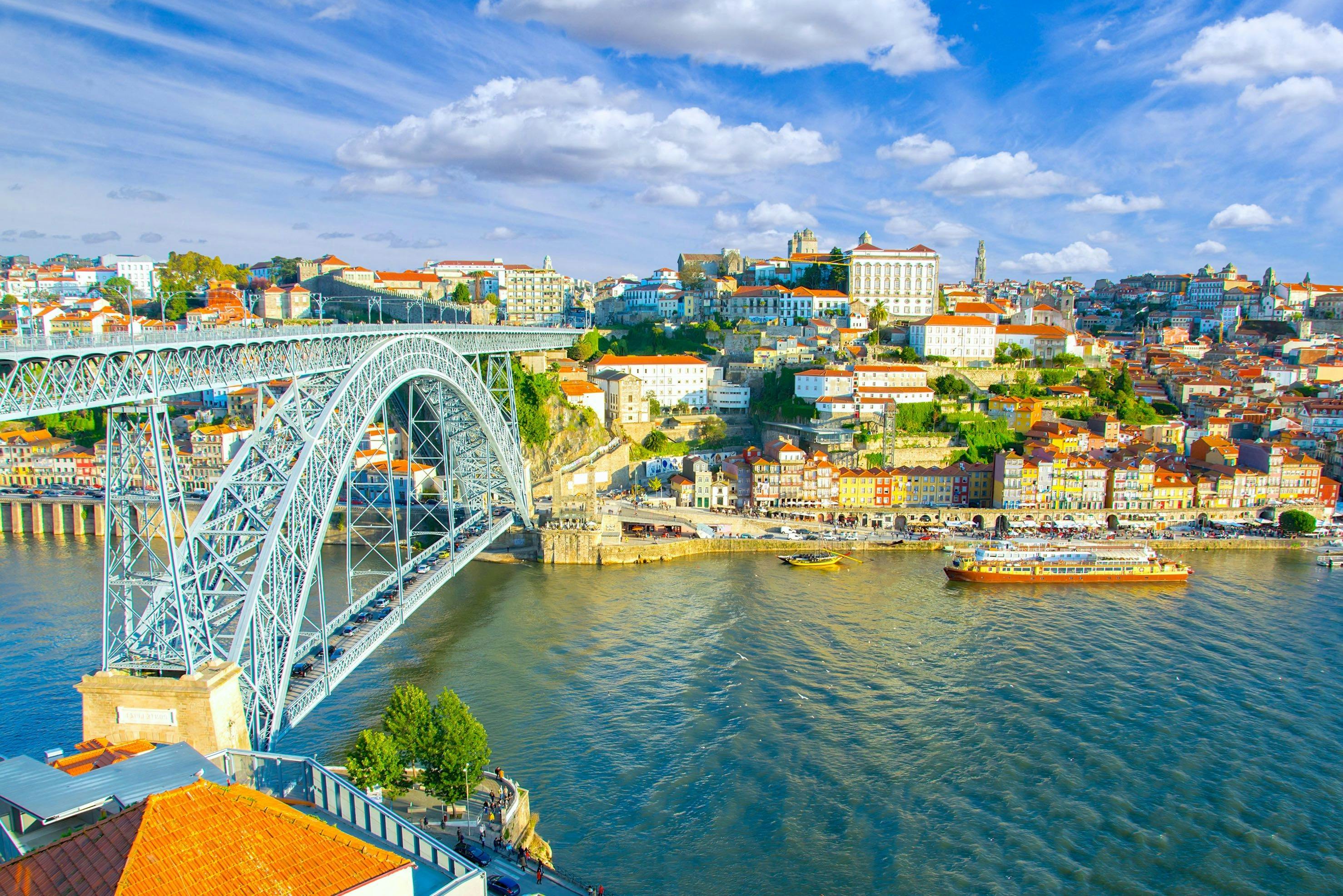Porto Cathedral Information Sé Catedral do
The Porto Cathedral, commonly referred to as Sé Catedral do Porto, is a prominent religious edifice located in Porto, Portugal’s second-largest city. Here are some interesting facts and historical insights about the cathedral:
Historical Roots: The construction of the Porto Cathedral began in the 12th century during the High Middle Ages. It underwent numerous modifications and renovations in the subsequent centuries, resulting in a mix of architectural styles.
Architectural Styles: The Porto Cathedral is a fine example of the Romanesque architectural style, especially in its core structure. However, the cathedral has seen Gothic and Baroque influences over time, particularly in the cloisters and the outer façade.
Fortified Appearance: The cathedral has a somewhat defensive, fortress-like appearance. This can be attributed to the historical context of the time it was built when the Iberian Peninsula was undergoing the Reconquista, a series of campaigns to reclaim territories occupied by the Moors.
Rosette Window: One of the cathedral’s most striking features is its large rosette window, which is a hallmark of the Romanesque architectural style.
Cloisters: The Gothic cloisters of the cathedral were added in the 14th century. They are adorned with azulejos, traditional Portuguese ceramic tiles, which depict various religious scenes.
Chapel of São Vicente: This chapel inside the cathedral houses a tomb believed to be that of São Vicente, a martyr from the 4th century. According to legend, two crows guarded his body after his martyrdom, which is why the bird is often associated with him and the city of Lisbon.
Panoramic Views: The cathedral’s tower offers panoramic views of Porto and the Douro River. It’s a popular spot for tourists and locals alike to witness the city’s beauty from a vantage point.
Historical Significance: The Porto Cathedral holds significant historical importance. It was here that in 1387, King John I of Portugal married Philippa of Lancaster, solidifying the long-lasting alliance between Portugal and England, known as the Treaty of Windsor.
World Heritage Site: The historic center of Porto, including the Sé Catedral do Porto, was declared a UNESCO World Heritage Site in 1996, acknowledging its cultural and architectural importance.
Active Worship: Despite its historical and tourist significance, the Porto Cathedral remains an active place of worship and is the seat of the Bishop of Porto.
If you ever get the chance to visit Porto, the Sé Catedral do Porto is a must-visit, not just for its architectural beauty but also for the historical stories it has to tell.



